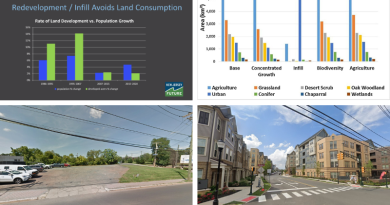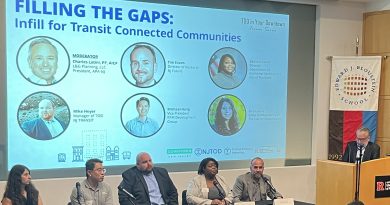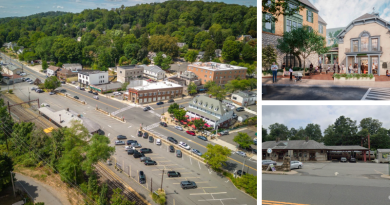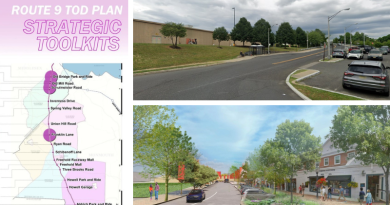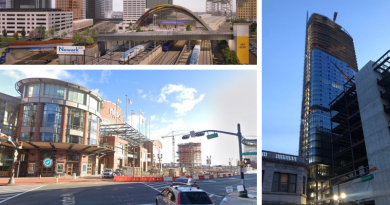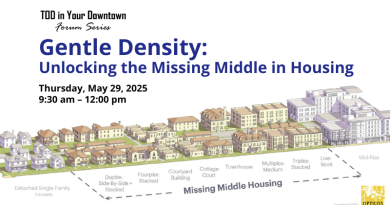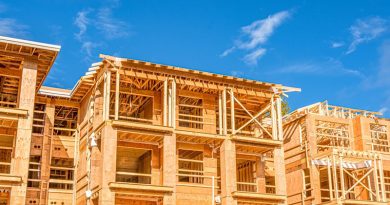A TOD Blueprint for Westchester
Yonkers and New Rochelle have emerged as models for smart growth in Westchester County, using transit-oriented development to attract billions in investment, expand housing supply, and stabilize rents. Their success offers a blueprint for communities across Westchester and North Jersey.
Read More


